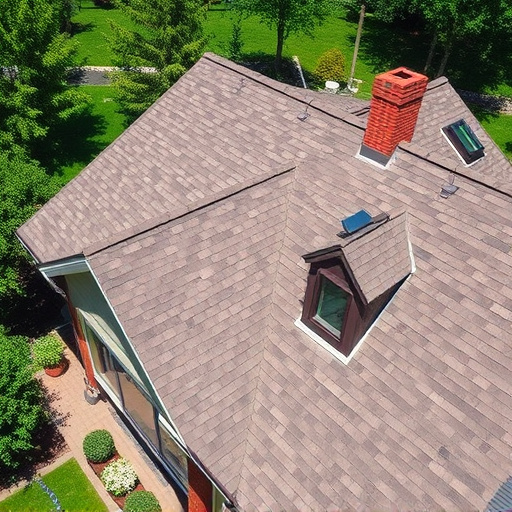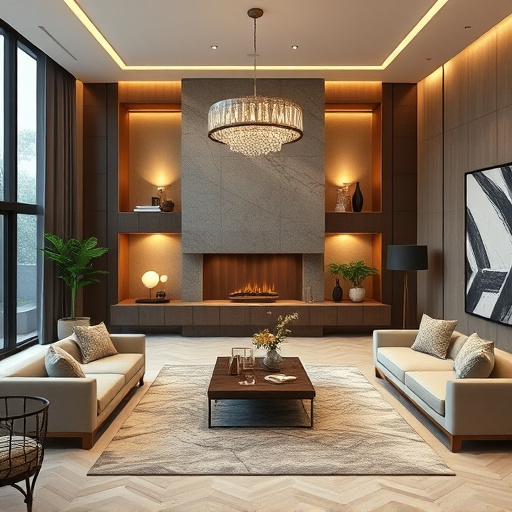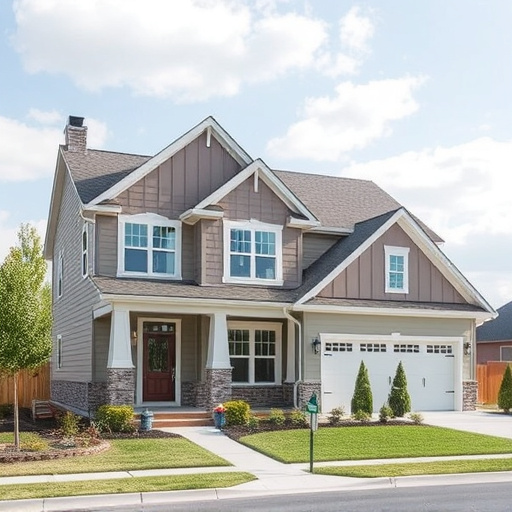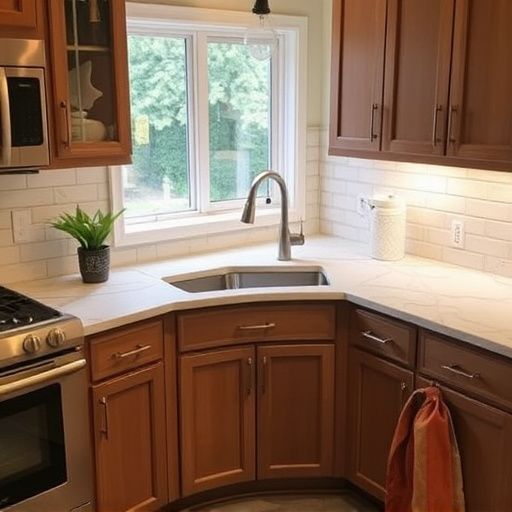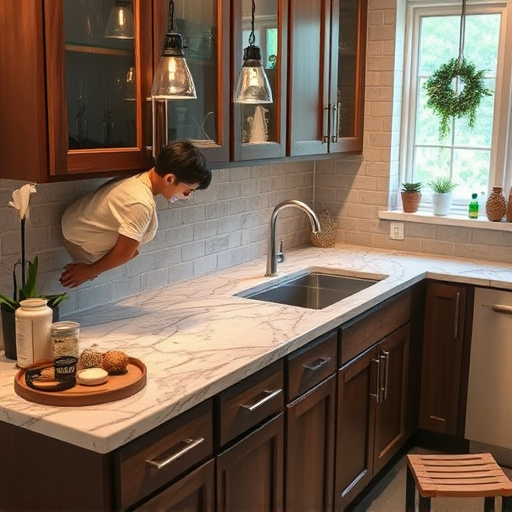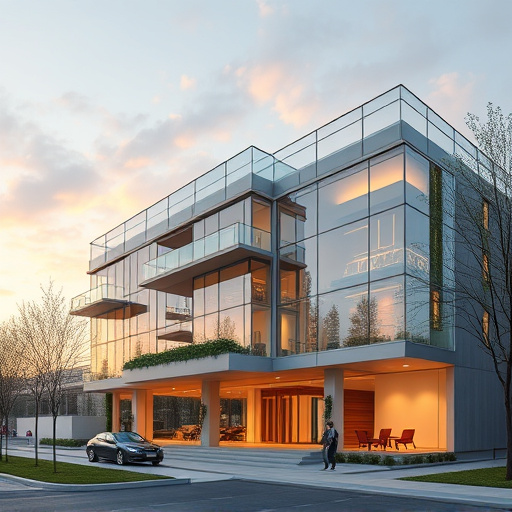Before embarking on a commercial renovation, conduct thorough structural integrity checks to avoid hidden issues and ensure safety. Prioritize balanced space planning for efficient designs that enhance workflow and occupant satisfaction. Always prioritize accessibility and safety features, adhering to regulations and incorporating safe work practices for all users' protection.
“Avoid common pitfalls in your next commercial renovation project. A poorly executed plan can lead to costly mistakes, safety hazards, and inefficient spaces. This article guides you through three critical areas to steer clear of: overlooking structural integrity checks, inadequate space planning and flow, and neglecting accessibility and safety standards. By understanding these issues, you’ll ensure a successful transformation that meets both functional and regulatory requirements.”
- Overlooking Structural Integrity Checks
- Inadequate Space Planning and Flow
- Neglecting Accessibility and Safety Standards
Overlooking Structural Integrity Checks
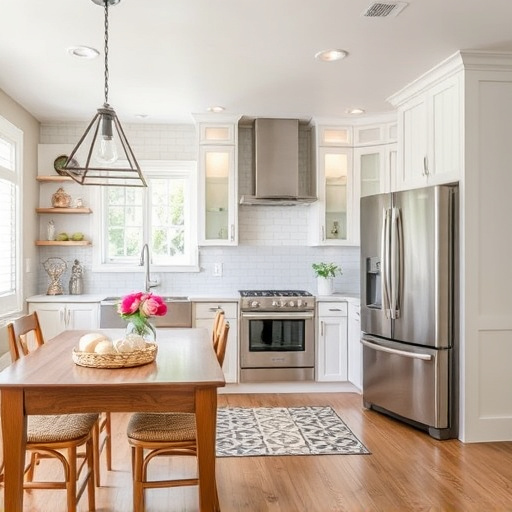
In the thrill of executing a commercial renovation project, it’s easy to overlook one of the most critical aspects: structural integrity checks. This can have severe consequences, leading to safety hazards and long-term instability for the building. Before diving into vibrant exterior painting or sophisticated kitchen and bath designs, ensure that thorough inspections are conducted to assess the structure’s health. Ignoring this step might result in costly repairs down the line or even pose risks to the well-being of occupants.
Regular checks should be performed, especially in older buildings undergoing whole house remodels, as they can reveal hidden structural issues. Professional engineers or experienced contractors should handle these assessments to provide accurate insights into the building’s capacity and identify potential problems that might affect the renovation plans. Prioritizing structural integrity ensures a solid foundation for your project, avoiding future surprises and ensuring the safety of all involved.
Inadequate Space Planning and Flow
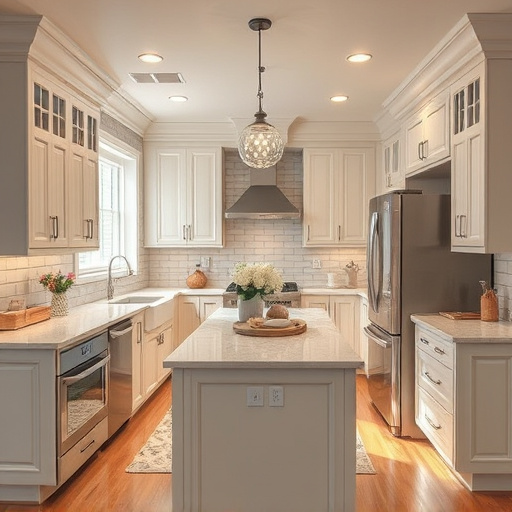
Inadequate space planning is a common pitfall in commercial renovation projects, often leading to inefficient designs and dissatisfied occupants. When undertaking any type of commercial renovation, whether it’s a multiple room remodel, kitchen remodel, or whole house remodels, creating seamless flow and well-proportioned spaces is paramount. A poorly executed plan may result in congestion, especially in high-traffic areas like reception areas or meeting rooms. This can not only create an uncomfortable environment for employees but also hinder productivity.
For instance, neglecting to account for the necessary movement between different zones can lead to convoluted layouts. This is particularly crucial in open-concept designs where a lack of thoughtful planning can disrupt workflow and conversation dynamics. A successful commercial renovation should aim for a balanced distribution of space, ensuring that areas designated for specific functions—from collaborative workspaces to private offices—are easily accessible and contribute to the overall functionality and efficiency of the space.
Neglecting Accessibility and Safety Standards
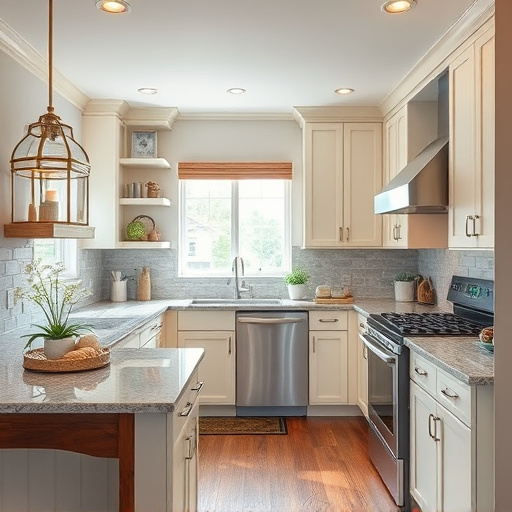
In any commercial renovation project, prioritizing accessibility and safety is non-negotiable. Neglecting these standards can lead to severe consequences, including legal liabilities and potential hazards for both workers and future occupants. For instance, failing to adhere to proper exit signage and emergency lighting requirements could hamper evacuation during an emergency, as could not installing or maintaining adequate fire safety equipment. Furthermore, neglecting accessibility guidelines, such as those for disabled individuals, will limit the building’s usability for a significant portion of the population, potentially leading to legal issues and reputational damage.
A poorly executed renovation may skimp on essential features like ramps, wide doorways, and sufficient clearances for wheelchairs, creating barriers that exclude people with disabilities. Similarly, safety in renovation projects involves more than just structural integrity; it encompasses the well-being of all involved. Therefore, contractors must ensure that materials and practices meet current regulations and incorporate safe work procedures to protect against injuries and accidents. Customized work, such as a tailored kitchen remodel, should always balance aesthetics with functionality and safety, ensuring the final product is both visually appealing and secure for all users.
When executing a commercial renovation, avoid common pitfalls such as neglecting structural integrity checks, failing to plan space efficiently, and ignoring accessibility and safety standards. These oversights can lead to costly mistakes and dissatisfied tenants or customers. By prioritizing these aspects, you’ll ensure a successful and safe transformation that enhances the overall value of your property in the competitive market of commercial renovation.





